The other day at the Hannaford's, there was only one checkout lane open. Our cart was pretty full, and behind us a woman was standing with her arms piled with groceries. They were up to her face and pressed against her chest. I said, “Sweetheart, you should go before us. You don't have much, and you need to put all that down.” She said, “Really?” I said, “Of course.” She looked thirty-five, a black woman in a postal worker uniform.
We like the postal workers in our ‘hood. We didn't know the woman in the store. We know some of the carriers who walk up and down Warren Street. We say hello as we pass. Our postman is a man. One day we were talking, and he told me his wife had died suddenly. He talked about his kids and how they were managing. It created a bond. Sometimes, he leaves vegetables he's grown in the mailbox.
The woman ahead of us paid for her groceries and left the store with her bag. The cashier was holding her change and her receipt. I thought she wanted me to run after the postal worker, who was probably at her car by now or gone. The cashier gave the money to me. She said the woman had told her, “Give the change to the couple behind me.”
I said, “How strange and how generous.” She had wanted to communicate something. That she’d felt seen? People in uniforms often are not seen. I know this from working as a cater-waiter.
I put the money in my pocket without seeing how much it was. I expected to find a few dollars and some change. In his book The Gift, Lewis Hyde says a gift makes room for something else to happen. It sets in motion a chain reaction about how it's possible for us to live with each other.
Much later, when we were going to bed, I looked at the money in my pocket. The woman had given us $28 and change! What a thrilling surprise! What a fanciful mind to have decided on this! She knew we’d say something like holy shit, and maybe she’d imagined us discovering the money and smiled to herself.
It was just about the price of a figure I'd seen in the window of a store in town—a shop that runs as a charity for the local hospital. Lewis Hyde writes it’s important to accept a gift: “When a gift is used, it is not used up.” He continues: “The outcome of a gift is uncertain at the time of giving, but the fact that it has been given charges it with great potential to act upon the recipient for the good. Because of the gratitude we feel, and because the gift is by definition given freely, without obligation, we are encouraged to meet it with openness and with excitement.”
Yes! I would transform the money into the figure. I would love it, and every time I looked at it, I would think of the woman at the Hannaford’s and the memory would grow larger, the way mysteries do that can't be explained.
The next day, when we arrived at the shop on Warren Street, a line of people was already gathered by the door. It turns out the first Wednesday of every month is a big sale day at Second Show and regulars who scout the wares come to pounce. I, too, had come to pounce on the figure in the window. It was a carved wooden doll with articulated joints, set atop a cage. I didn’t know it was “a Santos cage doll.” I didn’t know such things existed. It had just caught my eye as a piece of folk art the other day as we passed by.
I was concerned some people before me might want the doll, too, so I told them the story of the woman’s kindness at the Hannaford’s and how the doll fit into my idea for extending the gift. Directly in front of me was a woman and her grand daughter. The woman lived on the west side of the river. Her grand daughter was an artist and was studying at Pratt. She showed me pictures of her work on her phone. I told her I was a writer and had once been the writer-in-residence at Pratt. She said how much she loved that it was a real campus with walks and trees. Her grandmother said, “I’m before you. I’ll make sure you get the doll.”
Other people said the story of the postal worker was the way life should be. We all wanted to feel better about the world we were living in. We were horses in our gates, waiting for the gun to go off. Richard had gone for a walk. Improv theater is not his first love. One day, in Stanley Park in Blackpool, when Richard and his siblings were small, they took seats at a performance. A magician was on a stage, and he asked everyone to reach under their seats to look for a token. Richard’s dad found it. The magician invited him onto the stage to participate in the act. Richard’s dad stood up and announced to the family, “We’re leaving.”
As the group of us waited outside the door, the air filled with tension. Finally, there was a stirring in the store, and the door was unlocked, and the first people zoomed in on their prizes. A few wanted things in the windows, but not my girl. I pointed her out to a volunteer, and she brought her to me. I paid for it, and then I scanned the street for Richard. When I found him, he said he wanted a small wooden drawing mannequin, with articulated joints, and back we went to buy it.
Santos cage dolls have a long history, we learned. Who knew? There are valuable ones collected from 18th Century Portugal. Originally, Santos figures were created for use as in-home altars in small villages that didn’t have a priest, or when, during wars for example, it was impossible to travel to church. They were popular in Europe in the 18th and 19th Centuries, primarily due to wars.
Some Santos cage dolls look perplexed. “How did I get here,” they seem to be asking, “and since I live in your house, does that mean we’re related?” Other dolls are grave. Their faces say, “Oh dear, I suppose you want to pray now, or something.” Our doll is smiling, and I’ve angled her arms up because she is about the conduct Beethoven’s Eroica symphony.
_________________________________________________________
Biz
The stack can only continue with your support.
There is no paywall. There will never be a paywall.
There are now nearly 15,000 readers—because of you. 330 other publications recommend Everything is Personal—because of you. To celebrate, first-time paid subscribers receive a discount at the link.
Please take a turn at a paid subscription for a month or a year. It doesn’t have to be forever.
____________________________________________________________
Streaming now
Sirens (Netflix)
Sirens is 100 % trash. I loved it. It makes no sense. It doesn't need to. I like Meghann fahy. Everyone does. Julianne Moore has arrived at the stage in her career where you're not sure if she's Nicole Kidman. I love the kitchens of rich people in movies and the zillions of people who work in them, including me. Richard took one look at the show and said, "Tell me when it's over. I'll be in my studio reading." Kevin Bacon is also in the series. What great hair! It's even better than Alex Baldwin hair. I wonder how much he got paid to do the role. In every line of dialogue, all you can hear is him counting the money. The supporting cast is great, especially Felix Solis as Jose, the universal factotum.
Department Q (Netflix)
A resounding yes. Just when you were coming to understand that life is a minefield and if you aren't exploded to bits then life is a gulag, just when this was dawning guess what, you are exploded to smithereens or you are abducted into a hyperbaric chamber for four years.
How can the show remain captivating and funny? It's the creation of Scott Frank (The Queen's Gambit), the direction is a slithery slice serve with spin, and the cast is brilliant, headed by Matthew Goode and breakout star Alexej Manvelov. It's a fast-paced character study, really, all the parts of the mystery don't add up. I'll take characters over plot any day.
___________________________________________________________
From “Clinic,” latest post by
“One woman reported the results of her morning urine tests. Most were in the low range. That was good. She was missing a foot. Several of the others were missing feet, I realized. Hence, the wheel chairs.
“Memory is funny. I felt I didn’t belong. Surely, people my age were at another meeting, and this was a mixup. Another meeting where everyone had two feet. I’m not sure I knew enough about the disease to connect the amputations to diabetes, but I must have. It was as if I could catch this complication by proximity. Out of sight—the thing that wasn’t visible—out of mind.”
To read the whole piece and subscribe to Richard’s stack, click here: richardtoon1.substack.com/p/clinic
_____________________________________________________________
Lynx
Readers have expressed interest in links to my writing in other publications. This is a piece I wrote for N + 1 on bird dogging at the Senate Office Building in Washington during the 2018 hearings about Brett Kavanaugh.
https://www.nplusonemag.com/online-only/online-only/postcards-from-dc/?highlight=laurie%20stone
__________________________________________________________
Happenings for paid subscribers.
The next Zoom Conversation
is on SATURDAY June 28 from 3 to 4 EST. To RSVP, please email me at: lauriestone@substack.com
A quick way to lend one-time support and attend the next Zoom is to tip your server with a $4 coffee: ko-fi.com/lauriestone
The Next Breakout Conversation
Is Sunday June 29 from 3 to 4 EST, where you can speak about a project you are working on and receive feedback, please email me at: lauriestone@substack.com. There is a cap of 10 participants and an additional cost of $30.
To request a recording of the last Zoom Conversation on May 31
Please email me at: lauriestone@substack.com
Working together one to one
If you would like to book time to talk one-on-one about a project you are working on or for guidance in gaining confidence and freedom in your writing, please email me at: lauriestone@substack.com.
If you would like to book time to talk one-on-one about STARTING AND GROWING a Substack publication please email me at: lauriestone@substack.com. I can help you through the software and approaches to gaining readers.





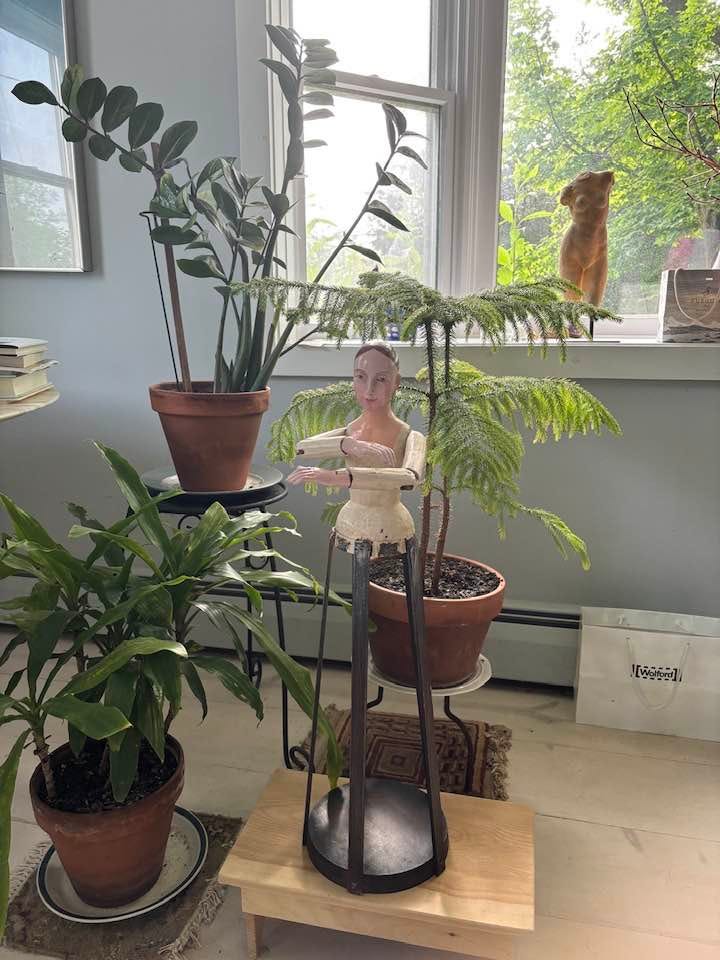
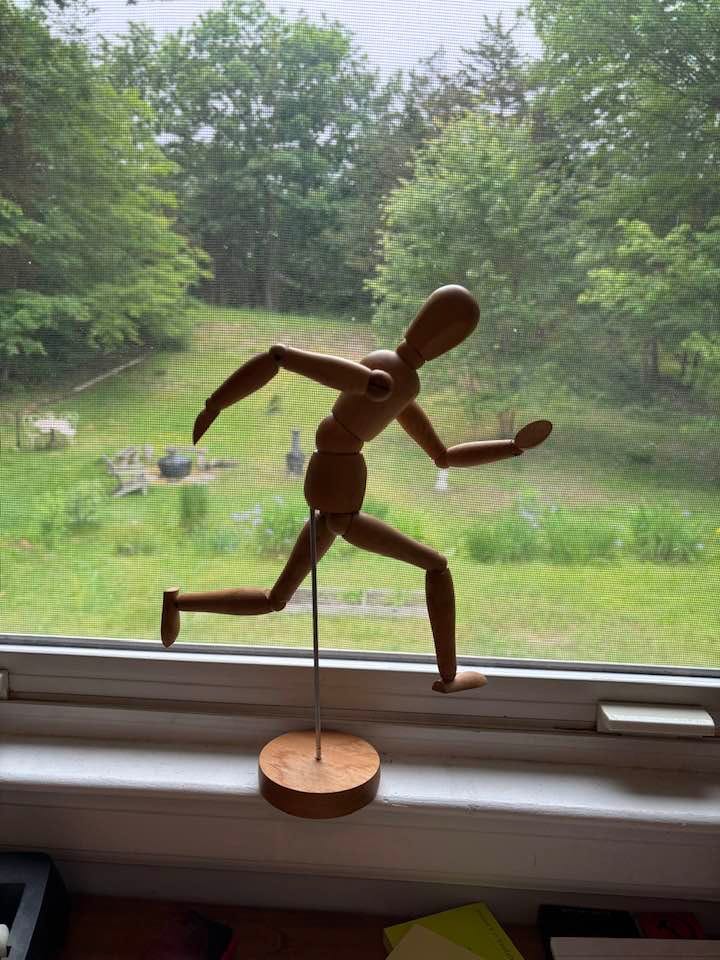

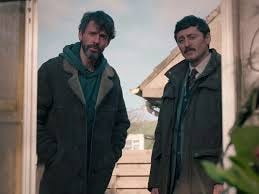
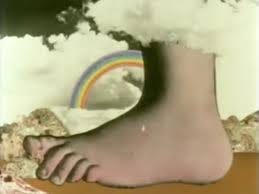

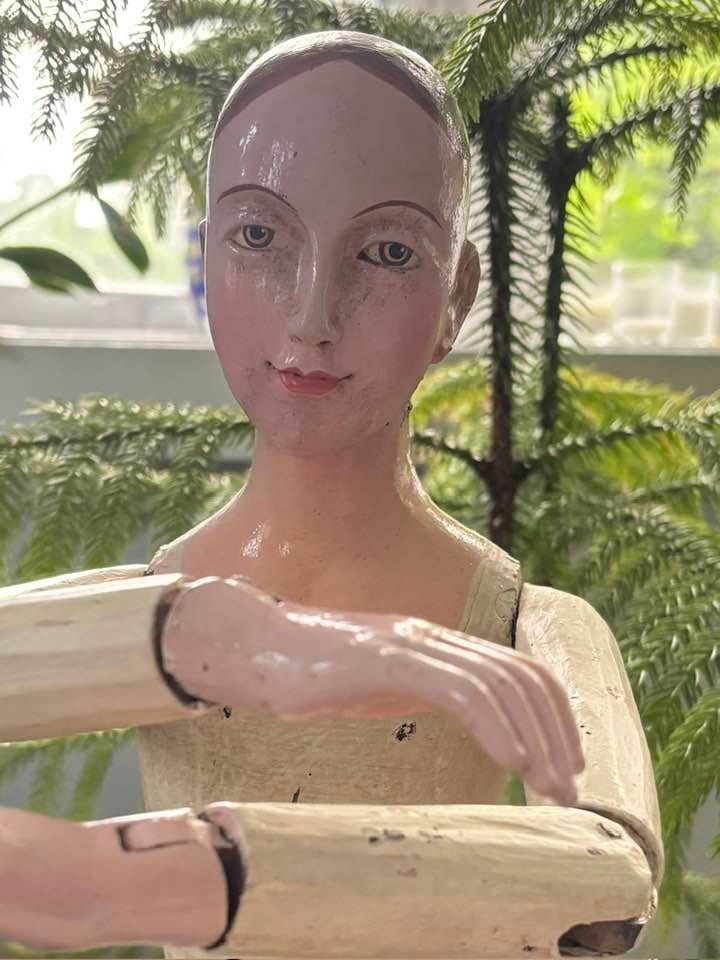
Hyde’s The Gift is my bible.
Thanks for reminder that accepting a gift is a gift. Your meaningful purchase is gratifying and touching. Also, thanks for the closeup. It says it all.